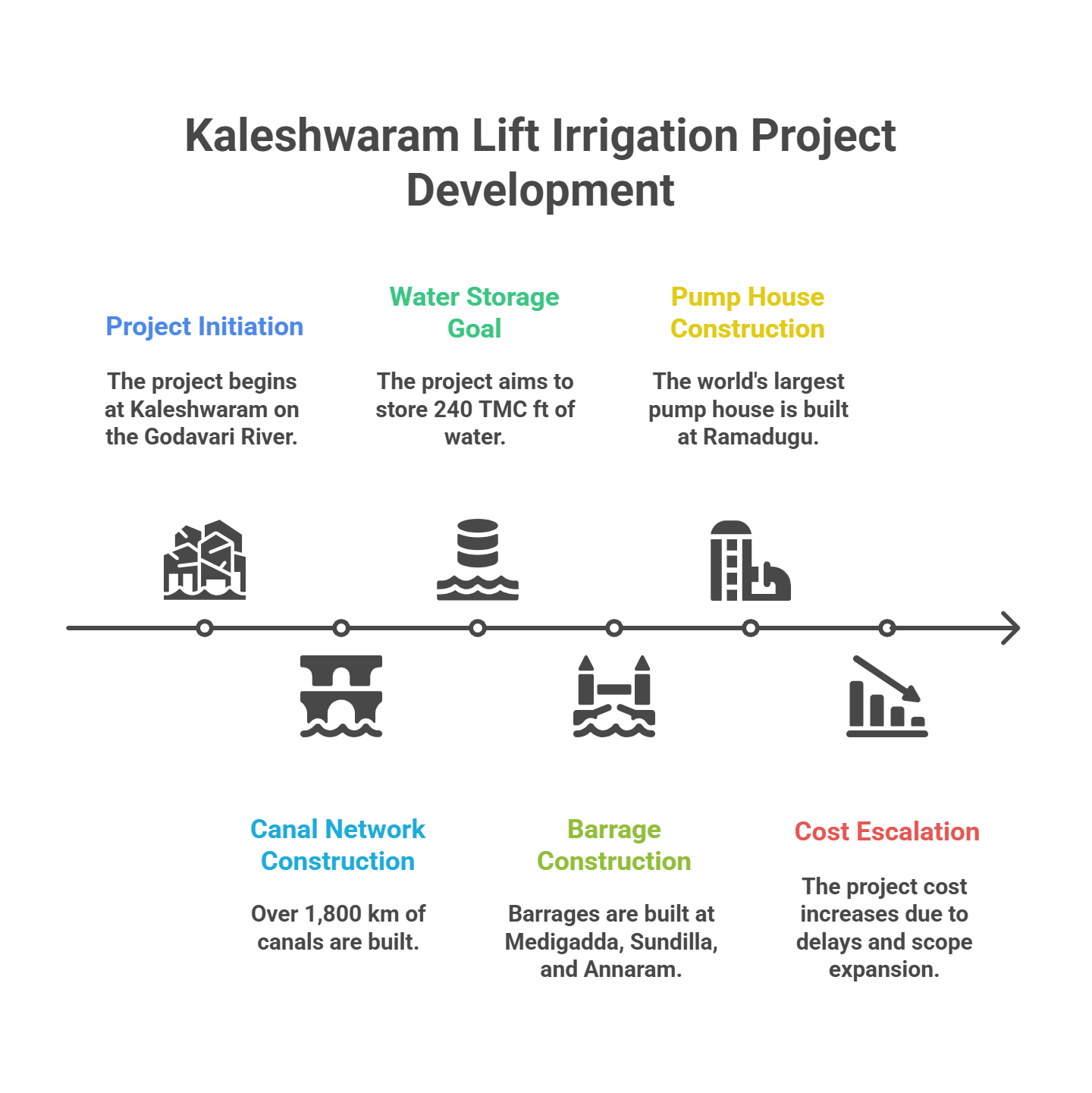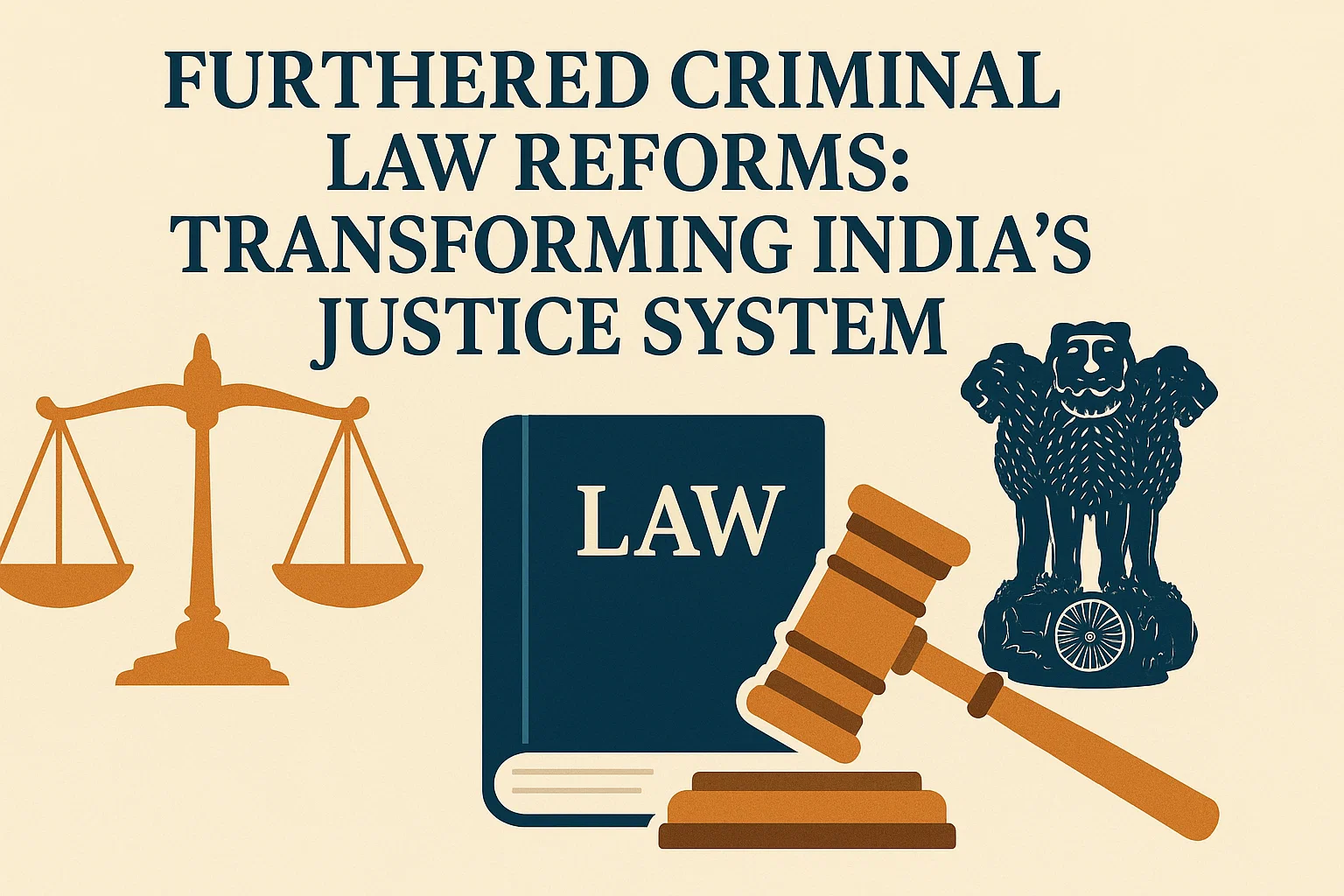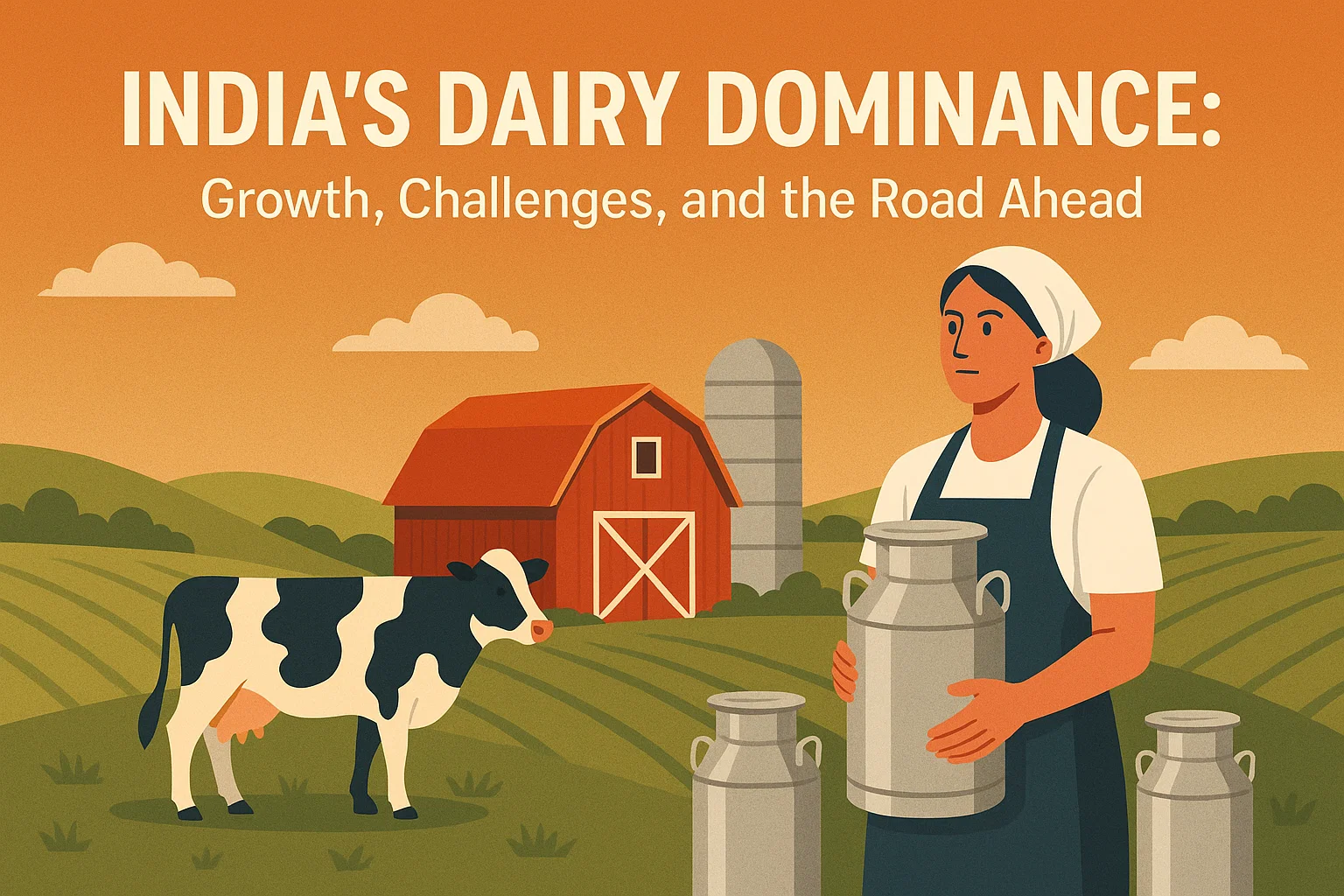Font size:
Print
Kaleshwaram Lift Irrigation Project
What is Telangana’s Kaleshwaram project? What is the controversy around it?
Context: The Kaleshwaram Lift Irrigation Project (KLIP), once hailed as Telangana’s lifeline, is now under scrutiny for its planning, execution, and sustainability.

What is the significance of the Kaleshwaram Project?
- Irrigation Expansion: KLIP was designed to irrigate 16+ lakh acres in 13 districts, utilising 240 TMC ft of Godavari water—169 TMC ft for irrigation, 30 TMC ft for Hyderabad drinking needs, and the rest for industrial and rural supply.
- Economic Impact: Supported by 1,800+ km of canals and barrages, the project aimed to boost farm productivity, rural jobs, and regional growth.
Why are such lift irrigation projects required?
- Topographical Challenges: Telangana’s terrain lacks gravity-based irrigation potential, necessitating lift mechanisms to transport water to higher elevations.
- Water Scarcity: Seasonal and uneven rainfall patterns make irrigation critical for crop security and farmer livelihoods.
- River Interlinking: Projects like KLIP aim to optimise water distribution from surplus to deficit regions, especially in drought-prone areas.
What are the major concerns associated with Kaleshwaram Lift Irrigation Project?
- Technical flaws: Barrages reportedly built on permeable foundations suffered cracks and sinking piers within three years.
- Planning issues: Site shifted from Tummidihatti to Medigadda despite clearance for the former; the earlier Pranahita-Chevella project with ₹11,000 crore investment was abandoned.
- Financial burden: Costs escalated from ₹71,000 crore to over ₹1 lakh crore, straining the state’s finances.
- Governance lapses: Alleged unilateral decisions by the then CM without full Cabinet consent; Judicial Commission findings highlight design, execution, and funding irregularities.
Subscribe to our Youtube Channel for more Valuable Content – TheStudyias
Download the App to Subscribe to our Courses – Thestudyias
The Source’s Authority and Ownership of the Article is Claimed By THE STUDY IAS BY MANIKANT SINGH





